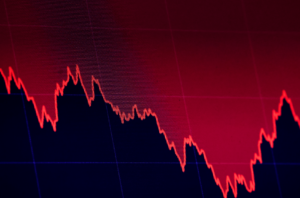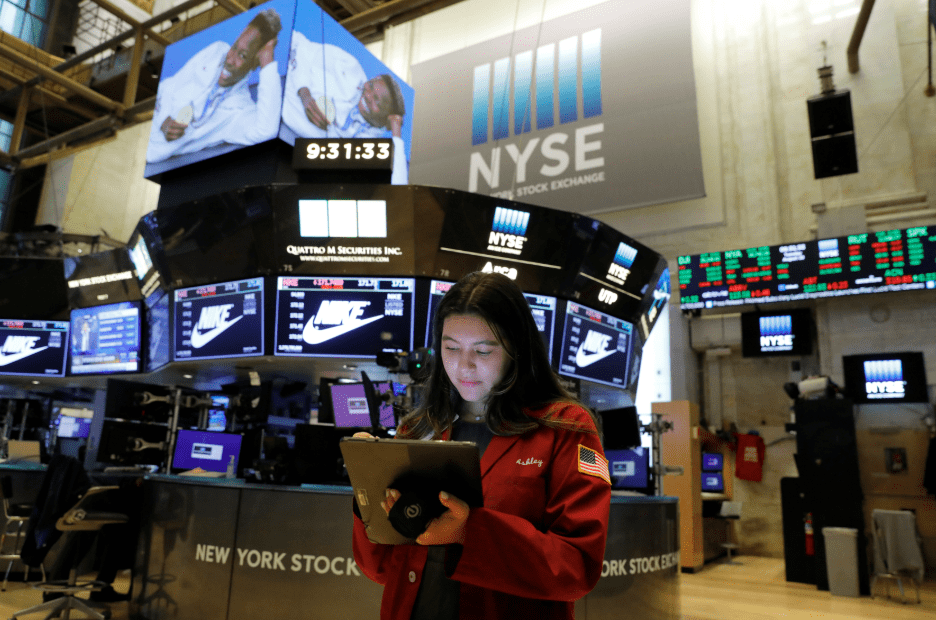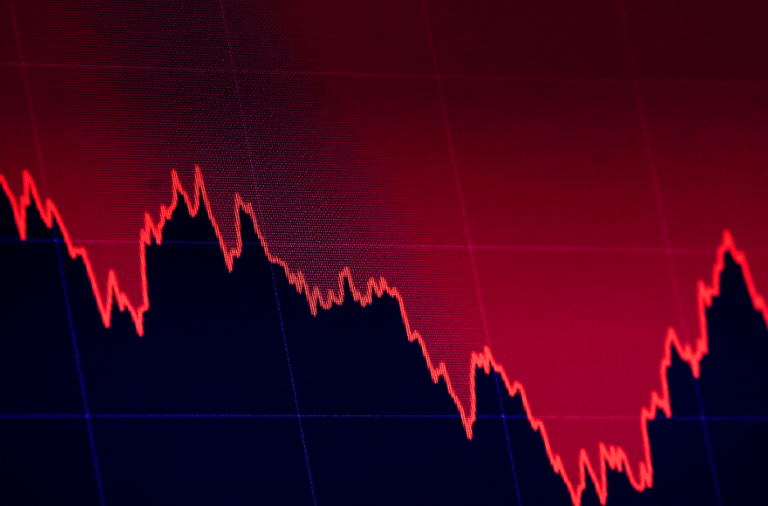Wall Street experienced a robust rally Wednesday, driven by cooling inflation data and exceptional earnings from some of the largest U.S. banks. The Dow Jones Industrial Average climbed 703 points, or 1.65%, to close at 43,222. The S&P 500 gained 1.83%, while the tech-heavy Nasdaq Composite surged 2.45%, capping a strong day for equities.
Investors were encouraged by the latest Consumer Price Index (CPI) report, which revealed that core inflation slowed to 3.2% annually in December, down from 3.3% in prior months. Although overall consumer prices ticked up to 2.9% year-over-year, the moderation in core inflation signaled to many that the Federal Reserve may avoid tightening its monetary policy further.
The cooling inflationary pressures had an immediate effect on the bond market, with the 10-year Treasury yield dipping. For equity investors, falling yields often mean more capital flows into stocks. However, some market analysts warned that these improvements may not be as enduring as they seem, with ongoing uncertainties surrounding the Federal Reserve’s future rate-cut trajectory.
On the corporate front, the financial sector delivered remarkable results, adding further fuel to the rally. JPMorgan Chase reported a record-breaking $58.5 billion annual profit, including $14 billion in net income during the fourth quarter. Citigroup rebounded strongly, swinging to a $2.9 billion quarterly profit after a challenging 2023. Meanwhile, Wells Fargo’s fourth-quarter earnings surged to $5.1 billion, surpassing expectations.
The rally wasn’t limited to traditional banks. BlackRock, the world’s largest asset management firm, posted a 21% jump in fourth-quarter profit, with its assets under management reaching an all-time high of $11.55 trillion. Strong earnings across the financial sector reflect a backdrop of improved optimism among businesses, coupled with a more stable interest rate environment.
Energy markets also made headlines as oil prices surged. Brent crude rose above $82 a barrel, while WTI crude exceeded $80 for the first time since August 2024. Rising energy costs could potentially reignite inflation concerns, adding a layer of complexity to the economic outlook.
Despite the day’s optimism, experts remain divided on the Federal Reserve’s next move. While some economists predict rate cuts in the coming months due to softer inflation data, others believe the Fed’s cycle of monetary easing has concluded.
As markets continue to digest a mix of cooling inflation, robust earnings, and shifting monetary expectations, volatility remains a key theme. However, Wednesday’s rally provided a hopeful reminder of the resilience of the U.S. economy and financial markets.












